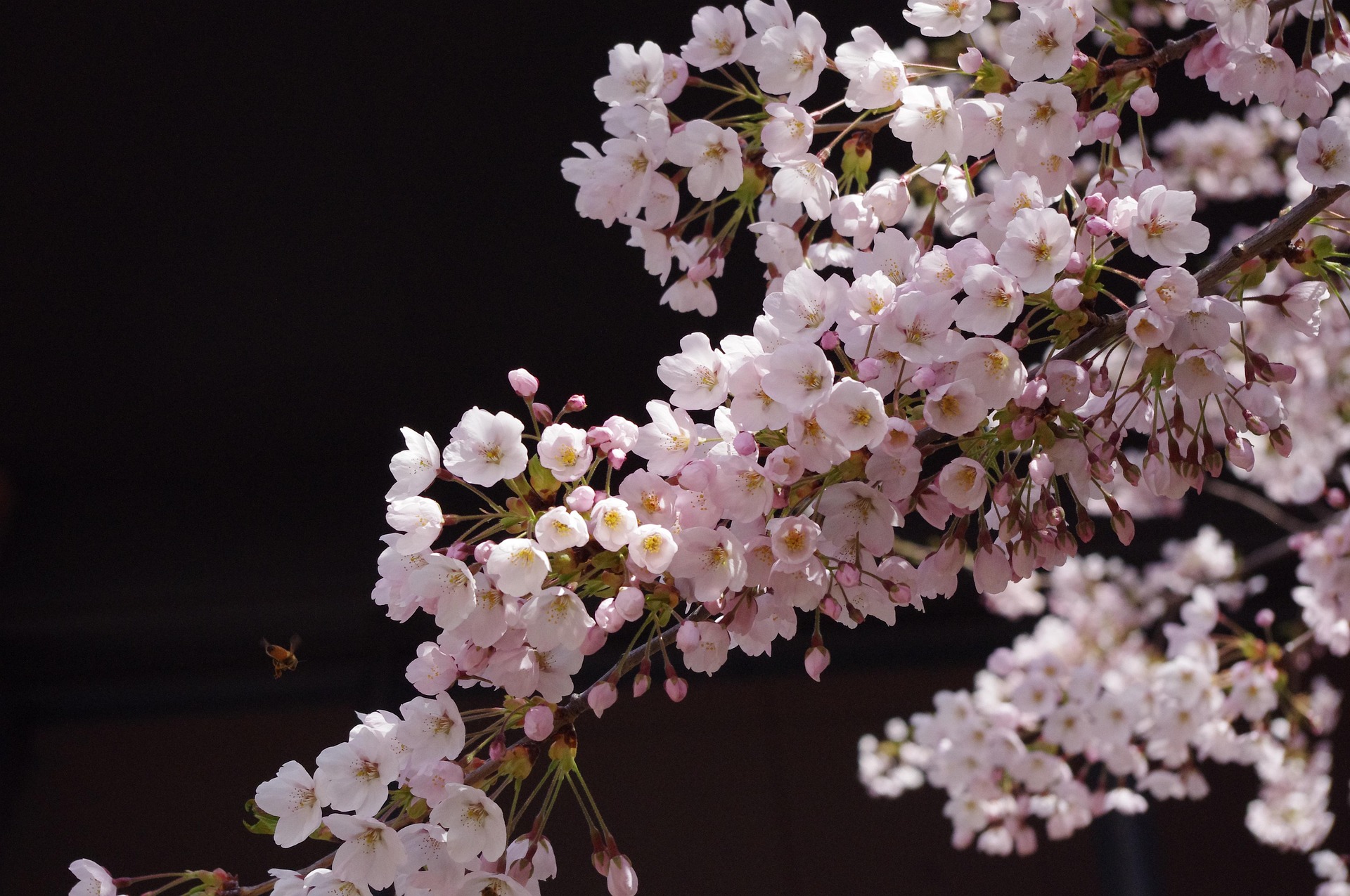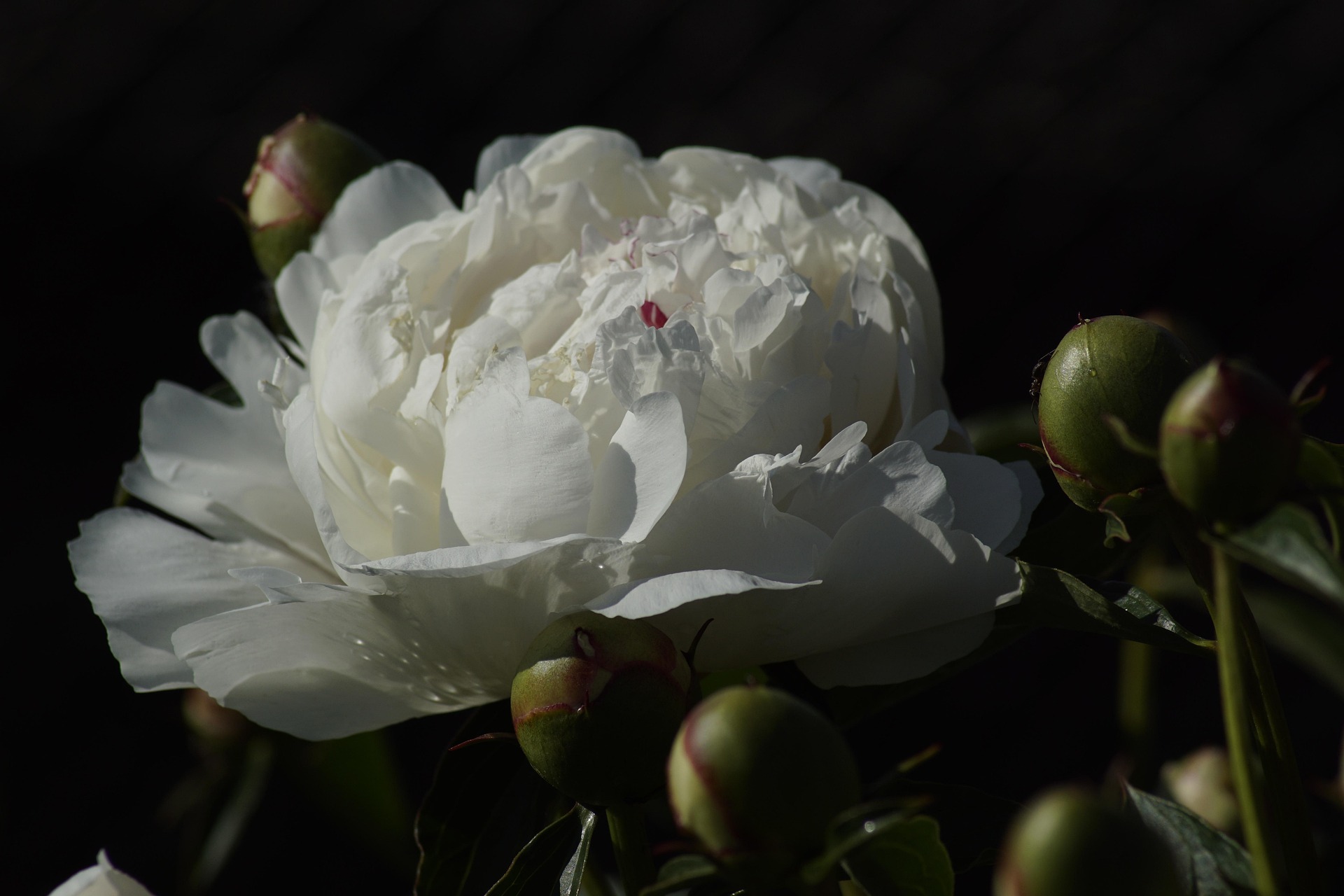A list of national flowers
🇯🇵 The National Flower of Japan
The Sakura (Cherry blossoms) & chrysanthemum
Indeed, Japan is a nation where flowers are more than beautiful scenery — they are symbols woven into history, poetry, and tradition.
Sakura, or cherry blossoms, are arguably the most iconic. Their soft pink petals only bloom for a moment each spring and serve as a reminder of life's fleeting beauty. For centuries, hanami — a custom of gathering beneath cherry trees — has celebrated renewal and the passing seasons.
The chrysanthemum, known as kiku, carries a different kind of power. Symbolizing longevity, dignity, and good fortune, it has long been associated with the Japanese Imperial Family. Its golden petals are featured on the Imperial Seal and honored each year during Chōyō, the Festival of Happiness, where the flower is celebrated for its connection to health and prosperity.
.🇮🇳 The National Flower of India
The Lotus
The lotus is one of the most sacred and continuous symbols in India's cultural heritage; it is also the national flower. Generally, the lotus stands for spiritual awakening, resilience, and the ability not to be marred by life's challenges since it emerges pure and untainted from murky waters. Delicate petals find their place in ancient scriptures, temple carvings, and classical art, deeply connected with purity and enlightenment.
Besides its spiritual meaning, the lotus is also a symbol of prosperity and creation. The gods and goddesses of most traditions are shown seated upon its petals, indicating the flower's role as a bridge between the earthly and the divine. These days, the lotus goes on to inspire India's identity-
a reminder that beauty, strength, and clarity can rise from even the most difficult surroundings.
🇪🇸 The National Flower of Spain
A red carnation
The national flower of Spain is the red carnation, which symbolizes love, passion, and pride. The carnation is highly regarded for its bright color and ruffled petals, with a long history of use in Spanish festivals, traditional dances, and different regional celebrations.
These flowers are commonly seen on flamenco dresses and in festive arrangements, being the symbol of joy and refinement in Andalusia. Its beauty aside, a carnation has a deeper cultural meaning: it is a symbol of admiration and affection in Spanish poetry and art.
But it is the red carnation that has come to be celebrated nationwide, a bloom symbolic of Spain's vibrancy flower as bold, expressive as the nation itself.
🇨🇳 The National Flower of China
Peony
The peony is the national flower of China and is considered the "king of flowers." Avowedly admired for its large, lush blooms and rich colors, peonies symbolize wealth, honor, and prosperity. It has appeared for centuries in Chinese art, poetry, and imperial gardens, a symbol of beauty and high social status.
The elegant petals and striking presence of the peony have made it a symbol of national pride. During festivals and cultural celebrations, it is admired as a reminder of China's history, artistry, and abiding love for nature's beauty.




